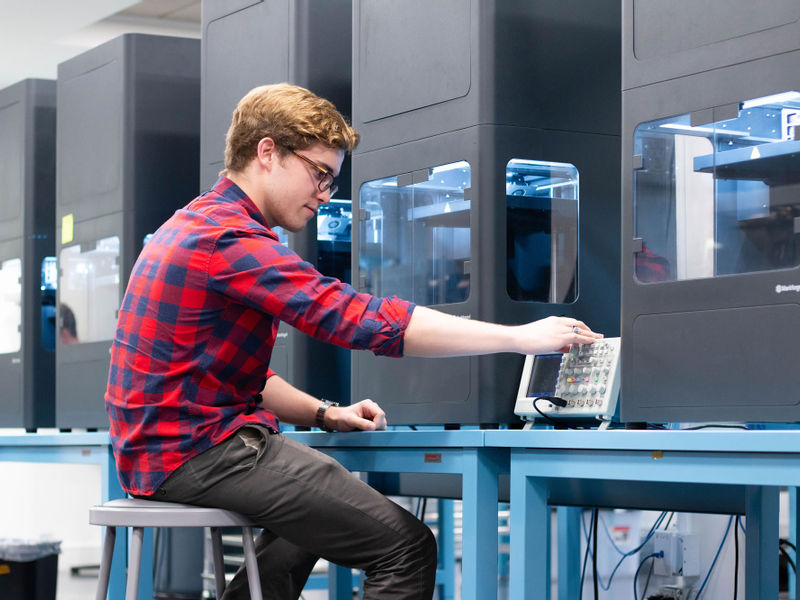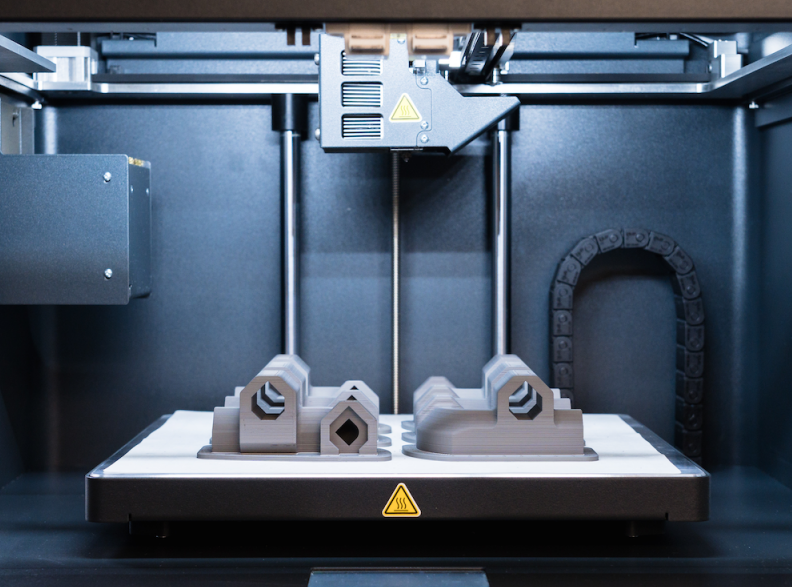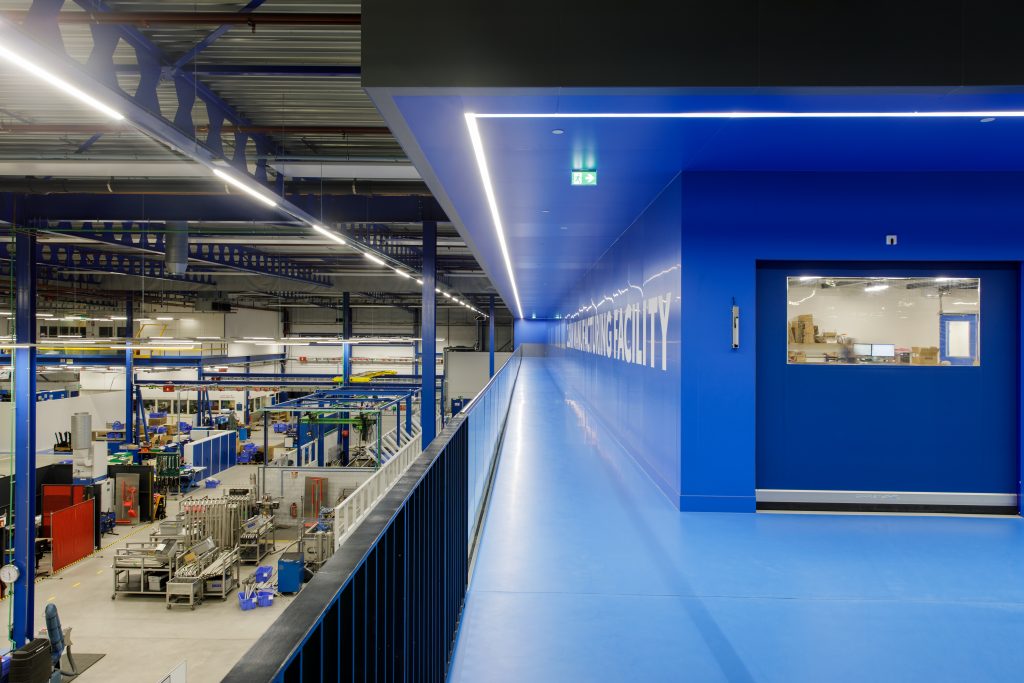Metal and carbon fiber 3D printer manufacturer Markforged has announced its intention to set up an Australia-based service that’s dedicated to producing food-contact components.
Working with the Australian Meat Processor Corporation (AMPC) and office printing firm Konica Minolta, Markforged aims to establish a workflow for rapidly 3D printing spare meat processing parts on-demand. As well as helping AMPC members to minimize their machine downtime, it’s thought that the trial service could help them modify heritage tooling, fixtures and actuators, to optimize their performance.
“We’re very excited about bringing Markforged’s Digital Forge to AMPC and AMPC members,” said Richard Elving, Director of Sales Asia-Pacific at Markforged. “Supply chain issues can be costly and time-sensitive, and with these tools in place, AMPC will provide a competitive advantage to its members that enables processing facilities to react quickly to solve problems right on the manufacturing floor.”

Hastening meat processing MRO
Through its three-year AMPC project, Markforged is effectively working to establish a unique industry-owned 3D printing model, which helps meat processors to maintain their machines without reducing their level of supply. Like any high-throughput factory, food plants inevitably employ a multitude of bolts and rollers that are subject to wear and potential breakage at any time.
When such components do eventually break, their host machinery is often put out-of-service, causing manufacturers to suffer from a costly loss of productivity while a replacement is sourced from outside. To get around this, and help AMPC members secure their supply, Markforged and its partners are therefore working to identify a means of in-house part creation, replacement and refinement.
“Meat processors rely on a multitude of equipment, with multiple components. Even a small component failure can be a costly exercise,” explains Chris Taylor, CEO of the AMPC. ”The ability to simply print a replacement part could drastically reduce downtime and minimize the need to wait for parts, reducing the chance of supply being at risk.”

During the pan-Australian project, two carbon fiber Markforged X7 3D printers will be sent to AMPC processing plants, where staff will be trained to use them, before the systems are shipped off to other facilities in 4-8 week rotations. Once installed, the machines are set to be used for pre-metal prototyping and creating polymer parts, with Konica Minolta committed to providing on-site support.
A Markforged Metal X 3D printer will also be set-up at Konica Minolta’s Sydney site, which in turn, will act as a hub, where plastic parts can be sent to be made out of stainless steel. To ensure consistent quality and food-contact compatibility, each component built is set to be added to a ‘database library,’ with production itself expected to take less than 24 hours per piece.
In addition to bringing spare part production in-house, it’s anticipated that the program will enable AMPC members to customize and consolidate components into single units, helping streamline their production workflows, and potentially laying the groundwork for those operating in the wider Australian food and drinks industry to make similar gains in future.
“The processing sector is part of an ecosystem that performs best when all parts are optimised,” concludes Taylor. “Although established and dedicated for Australian red meat processors, AMPC will make the 3D printing hub available for other Australian food, agriculture, and manufacturing sectors to evaluate their needs and opportunities for 3D printing within their supply chains.”

3D printing food-friendly parts
Over the last year, 3D printing firms have made significant progress in the certification of processes for producing parts, specifically for use within food production facilities. Additive Manufacturing Technologies (AMT), for instance, has worked with the Danish Technological Institute to post-process 3D printed parts that meet EU food safety standards.
During the project, AMT used its PostPro3D system to provide components with a sealed surface finish, lending them potential meat or confectionary processing applications. Likewise, equipment supplier ERIKS has set up a ‘Clean Manufacturing Facility,’ in which Ultimaker S5 Pro 3D printers are now being used to produce various food-safe parts within designated environmentally-controlled areas.
In a similar vein, Dutch 3D printing firm Oceanz has been awarded European Food Grade certification EC 1935/2004 for its dedicated range of polymers. The accreditation effectively verifies that the company’s Untreated, Polished and Full Finished PA12 Food Grade materials are safe for 3D printing parts which regularly come into close contact with food.
To stay up to date with the latest 3D printing news, don’t forget to subscribe to the 3D Printing Industry newsletter or follow us on Twitter or liking our page on Facebook.
For a deeper-dive into additive manufacturing, you can now subscribe to our Youtube channel, featuring discussion, de-briefs and shots of 3D printing in-action.
Are you looking for a job in the additive manufacturing industry? Visit 3D Printing Jobs for a selection of roles in the industry.
Featured image shows an engineer operating a Markforged Metal X 3D printer. Photo via Markforged.



